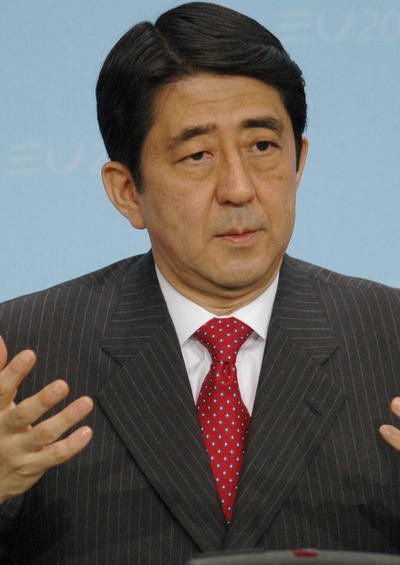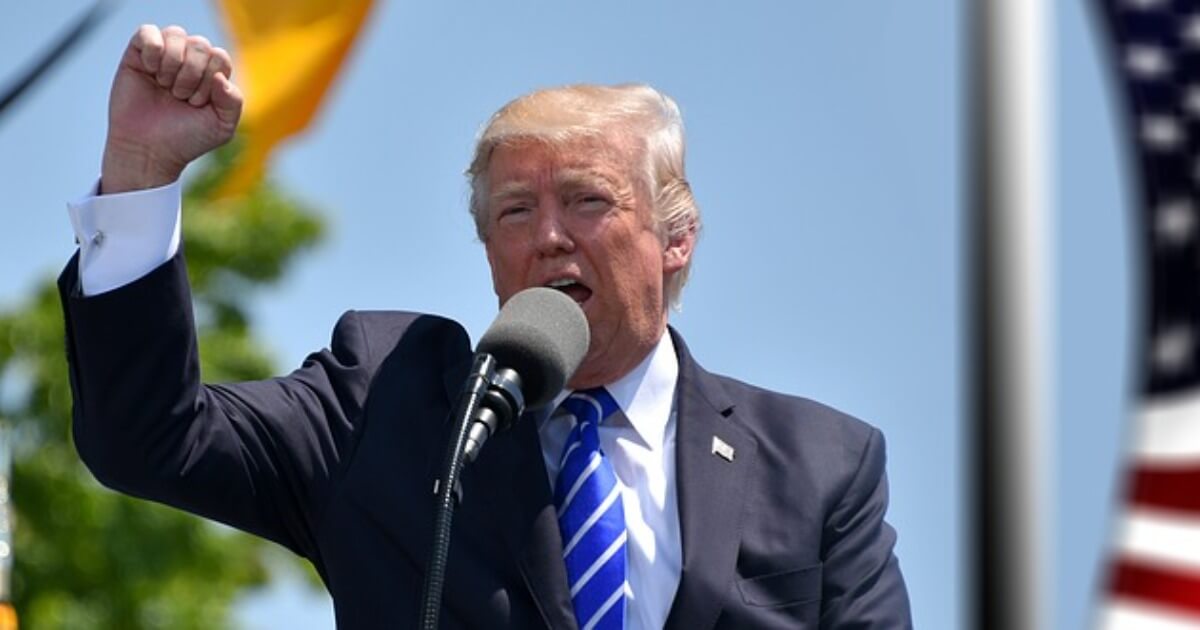Japan & Trump: Now What?
Despite Trump in the White House, Japan aims to get the TPP anyway and keep U.S. troops in the country too. Is that realistic?
November 17, 2016

If Hillary Clinton had been elected President of the United States, Japan had visions of becoming an active driver of U.S. foreign policy in Asia. That would have been something new and useful for Asia.
All hope lost for Japan now?
With Donald Trump on his way to 1600 Pennsylvania Avenue, that goal may seem out of reach – particularly after so many world leaders have gotten off to a rocky start with nearly comical difficulty in reaching the President-elect by phone to establish ties.
The Japanese leadership, slated to meet with him in New York City, has admitted they are unsure of the details of the meeting, even a day away.
More specifically with regard to U.S.-Japan relations on the whole, he has promised to unceremoniously dump the TPP deal. And he has announced that the rich Japanese are free riders on the backs on American taxpayers.
That raises the prospect that a major consequence of Donald Trump’s victory in the U.S. presidential election might be doom and gloom for Japan. But not so fast.
Trump vs. Japanese civility
Japan’s public and its political leaders followed the 2016 election battle in the United States with increasing incredulity and mirth. Trump’s extreme, offensive behavior is simply unimaginable in the environment of overall civility governing Japanese society.
What is hard for the Japanese is that, in Trump, they have to deal with a largely unknown entity. In contrast, Hillary Clinton had been active in formulating and imprinting U.S. policy for decades.
That would have made her a well-known, reassuring partner. Which is why 88% of Japanese favored her, only 7% her opponent Donald Trump.
Now that the man whom Japanese media had diagnosed early on as deluding himself completely will be the next U.S. president, there are two obvious problems for Tokyo.
Problem #1: TPP on the ash heap of history?
One is the plan for a so-called Transpacific Partnership (TPP). It wants to create an enhanced Pacific-wide free-trade zone including North and Latin American countries, Pacific and Southeast Asian and Northeast Asian Nations.
Ever since Prime Minister Abe succeeded in wrestling down the proponents of a stronger protection of Japanese agriculture in his own Liberal Democratic Party, there is preciously little doubt in Japan’s public that large free-trade zones make sense.
Various opposition parties trying to ride the wave of anti-globalization rhetoric, now very strong in the United States and in Europe, do not seem to find track with public opinion in Japan.
There are two reasons for this:
- Not only Japanese industry, but also Japanese consumers (and workers) have profited over many decades from decreasing custom duties in the countries that buy Japanese goods. Because of that, they regard the advantages of free trade basically as a given.
- Japan does not yet “suffer” from Chinese imports the way many Americans perceive they are disadvantaged by unfair and cheap Chinese competition costing U.S. production jobs by the tens of thousands.
This sentiment is changing, though. The increasing strength of China’s economy on the doorsteps of Japan, as well as on the world market, is strikingly evident in Tokyo too.
TPP from the outset was not meant to include China for some years. For Japanese industry, it is therefore of primary importance to reach agreements on future industrial norms and standards with its major partners, before China is in a position to enforce its own.
If and when China joins the TPP at a later date, it will have to accept the conditions as they have been agreed on by the original members by then.
A rush job on TPP?
Now Japan sees itself confronted with the question how the TPP project can be salvaged when the U.S. president has pronounced so clear opposition to it.
With ministerial experts professing their fear that TPP is dead for the United States, Japan’s most important objective must be to conclude the negotiations before the end of the year with the help of the other TPP partners who share Japan’s interest.
Tokyo could then, as an advisor to Prime Minister Abe indicated on TV, opt for a Asian-Pacific version of the TPP, possibly then including China.
The underlying hope is that the new U.S. president (and Congress too) might feel the heat and agree to the conclusion of the agreement anyway.
This train of thought is quite a stretch, but Japan’s best hope and option.
Problem #2: Less security provided to Japan by the U.S.
Japan’s second problem is security. President-elect Donald Trump has repeatedly threatened that Japan (and South Korea) will have to pay more for the U.S. troops on Japanese soil in the framework of the U.S.-Japan Security Alliance, or get its own nuclear arms.
However, even Japanese conservatives who would like a more pronounced proper Japanese security profile know that Japanese nuclear arms would not truly help against China in case of a conflict.
Instead, taking that stance might motivate South Korea to build its own nuclear arms and thus bring instability to the region.
Abe educating Trump?
When Prime Minister Abe congratulated Donald Trump on his election, he almost tried to educate his new partner on the realities of the region: The stability of the Asian-Pacific region, “which is the driving force of the global economy, brings peace and prosperity to the U.S.,” he said, obviously alluding to TPP.
And Abe added that America and Japan are “unshakable allies,” bound by “common values such as freedom, democracy, basic human rights and rule of law.”
Japan as a leader?
That conversation is bound to continue. In the process, in order to preserve its own interests, Japan must indeed learn to lead its Asian and Pacific partners into jointly driving U.S. policies from the outside. That will be something novel for all partners.
It is also something that Japan has never done in its post-war history. It will be a fairly new experience, both for Tokyo and for the newly elected U.S. president. It remains to be seen whether it can be done successfully.

